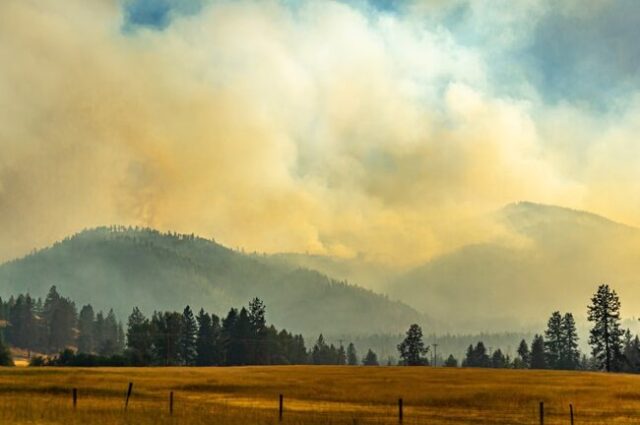
Trees, much like humans, have developed mechanisms to protect themselves from the harmful effects of wildfire smoke. A study by MJ Riches and Delphine Farmer from Colorado State University reveals that trees essentially “hold their breath” during wildfires to avoid inhaling toxic particles and gases. Trees possess stomata, small pores on their leaves, that normally facilitate the exchange of gases—taking in carbon dioxide and releasing oxygen. However, when exposed to heavy smoke, these pores shut down completely, halting photosynthesis and reducing the emission of volatile organic compounds. This response is similar to how humans might stop breathing in a hazardous environment to avoid inhaling harmful substances.

The research, which occurred unexpectedly during a smoky day in the Rocky Mountains, found that even when the smoke cleared, the trees did not immediately resume their normal functions. The scientists had to intervene by adjusting the leaves’ temperature and humidity to restart their gas exchange processes. This discovery is crucial as it sheds light on how trees, and potentially other plants, might be coping with the increasing intensity and frequency of wildfires driven by climate change. While this protective mechanism helps trees survive the immediate threat, the long-term effects of repeated smoke exposure remain uncertain, highlighting the need for further research to understand and mitigate the impact on forests and agriculture.



















